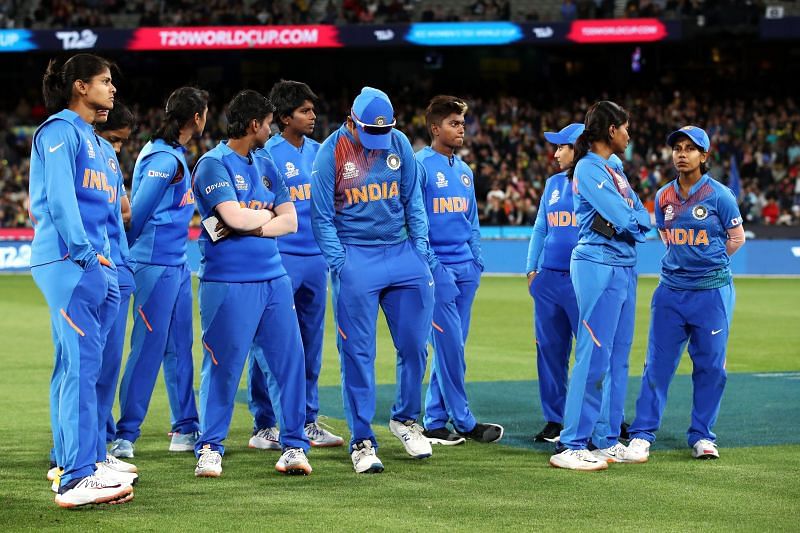
The knockout predicament: Diving into the 'so close yet so far' syndrome afflicting Indian cricket
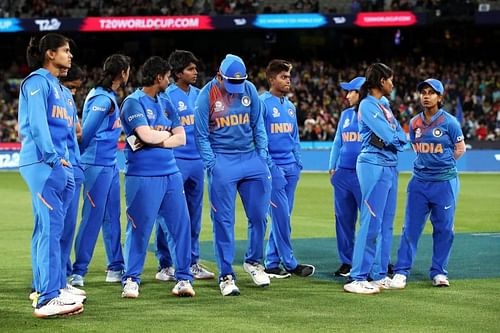
Ruthless domination in the initial stages. One standout performer who illuminates not only the team, but the entire tournament. Seamless progress to the final four of global events, and heartbreak at the business end.
This persistent trend of 'so close, yet so far,' has been a recurring feature of India's ICC outings since 2014 - for the men as well as the women. The Blue Brigade have constantly managed to create ripples in ICC events and yet have not been able to lay their hands on the coveted trophies.
Poonam Yadav's dismissal off the bowling of Megan Schutt not only handed Australia their fifth T20 World Cup title, but also brought back a blast from the past. Silverware had once again eluded the Indian women, after the near-misses in 2017 and 2018.
The dropped catch of Alyssa Healy was reminiscent of the no-balls in the ICC World T20 2016 and the ICC Champions Trophy 2017; those were the moments when the match was lost. Just like those earlier slip-ups, Healy batted India out of the match with her explosive hitting.
This trend is truly worrying for Team India, as it exposes a persistent problem - the inability to seize crunch moments and deliver under pressure. While making it to the semi-finals and finals are commendable achievements in themselves, the ultimate glory lies in winning the title - and that's where India are falling short.
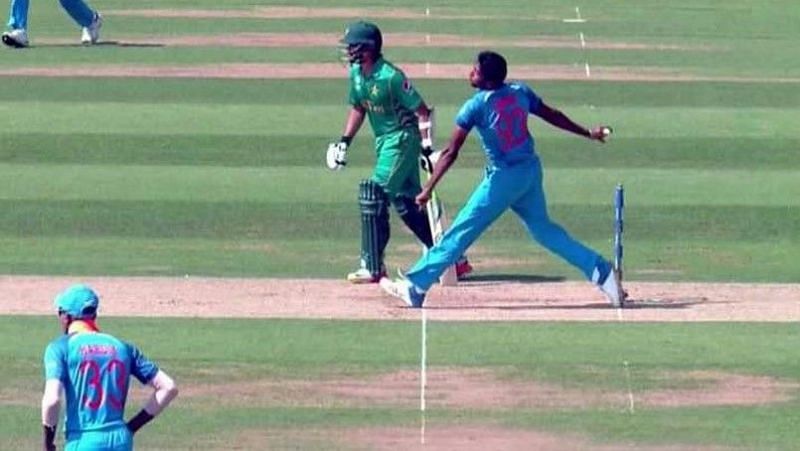
There has been a pattern in the way India have performed in the ICC tournaments ever since the gold drought set in. The game plan which has steered the team towards the business end has been eerily similar in most instances. And more often than not, the bubble has burst when it has mattered the most, leaving repentance as the only alternative.
In the recently concluded Women's T20 World Cup, Shefali Verma's batting prowess, coupled with the web being spun by the slower bowlers, were the factors that put India into the driving seat. The team seemed comfortable defending low totals, but were faced with a disparate situation in the final - and the batting order failed to fire.
Similarly, the performance of the top 3 in the men's team had made India a force to reckon with. However, they could not step up in the semifinals of the last two editions of the ICC World Cup, exposing the middle order - which, having not faced such a situation earlier, faltered under pressure.
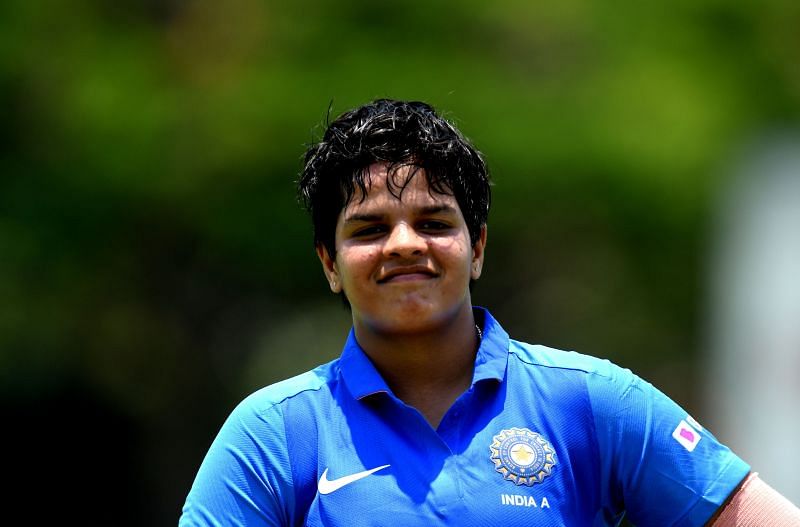
Moreover, the scheduling has been such that India have been pitted against challenging opponents in the first half of the tournament, and against the easier teams towards the latter half. Thus, they have gone into the last couple of laps without being tested much in the recent encounters.
The team has shown excessive dependence on a few individuals, while the others have not contributed their fair share. There has been a dearth of teamwork, and this has come back to haunt India in the knockout matches.
This time round, It was Shefali Verma and the bowlers who had set the base. Similarly, when the men's team last featured in the World Cup in the shortest edition, it was the immaculate batting of Virat Kohli that enabled India to enter the semifinals.
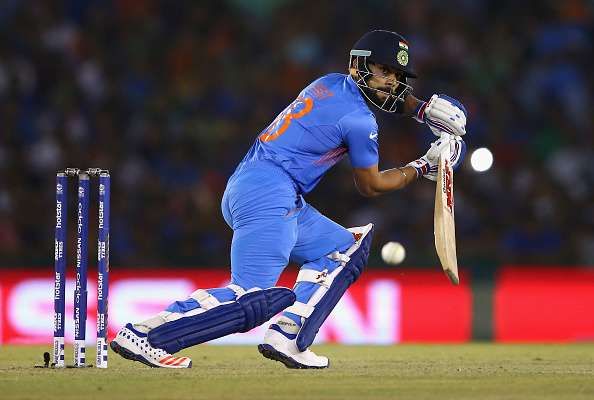
Individuals win you matches, but it is the team that wins you tournaments. Drawing parallels with the victorious brigade of MS Dhoni in the 2011 World Cup, the team had numerous players who were in form and delivered the goods in crunch situations.
While Sachin Tendulkar provided solidity at the top of the order, Gautam Gambhir and Yuvraj Singh proved to be the pillars of the middle order. Suresh Raina and Yusuf Pathan chipped in with their all-round abilities, while Virendra Sehwag and MS Dhoni gave the opening and finishing touches respectively.
In the bowling department, which was spearheaded by Zaheer Khan, there were contributions from all the pacers, and Harbhajan Singh led the spin bowling.
Having suffered numerous heartbreaks in the recent past, and with with the men's T20 World Cup around the corner, the team management would be keen to address these loopholes and end the gold drought.